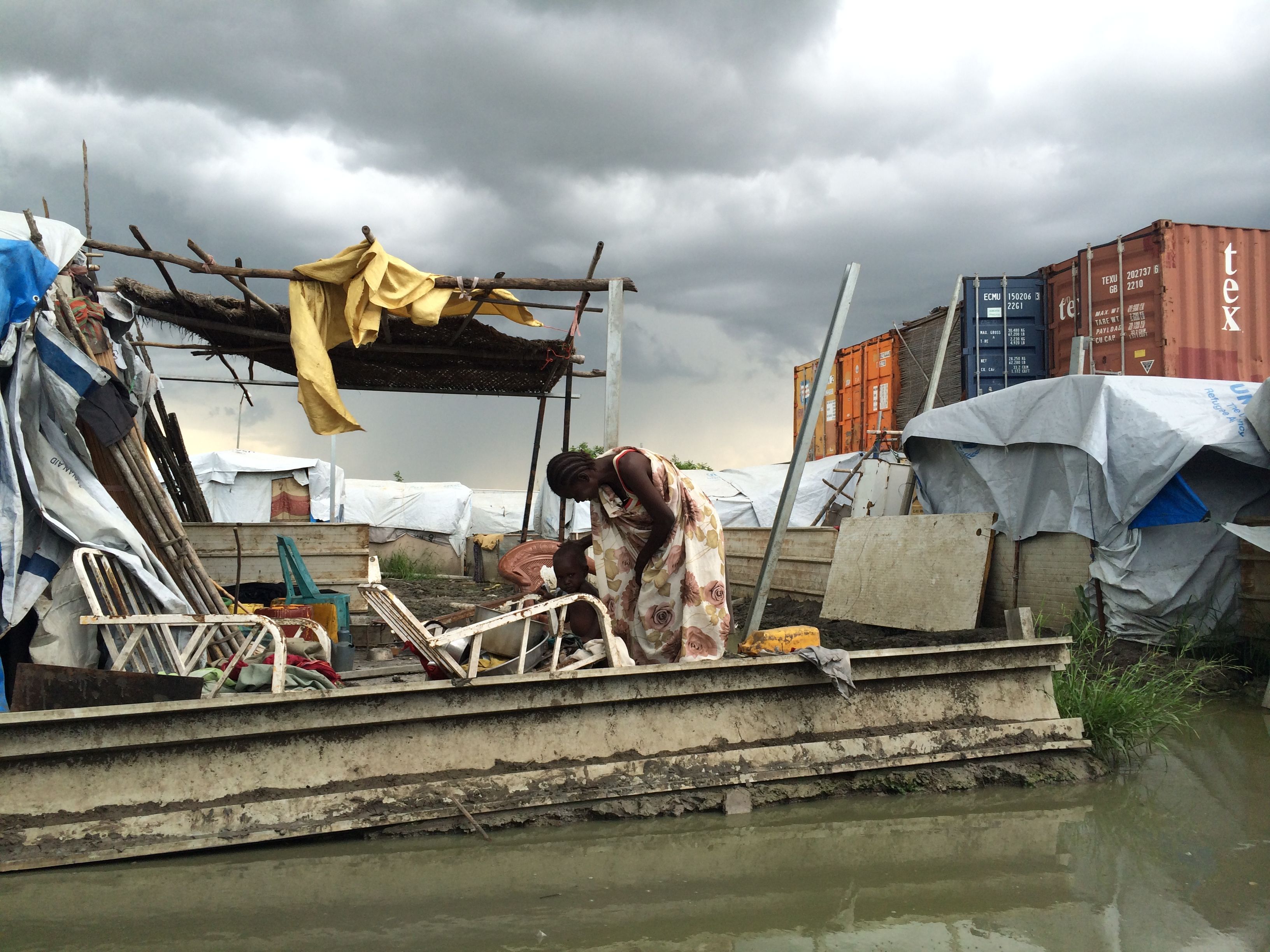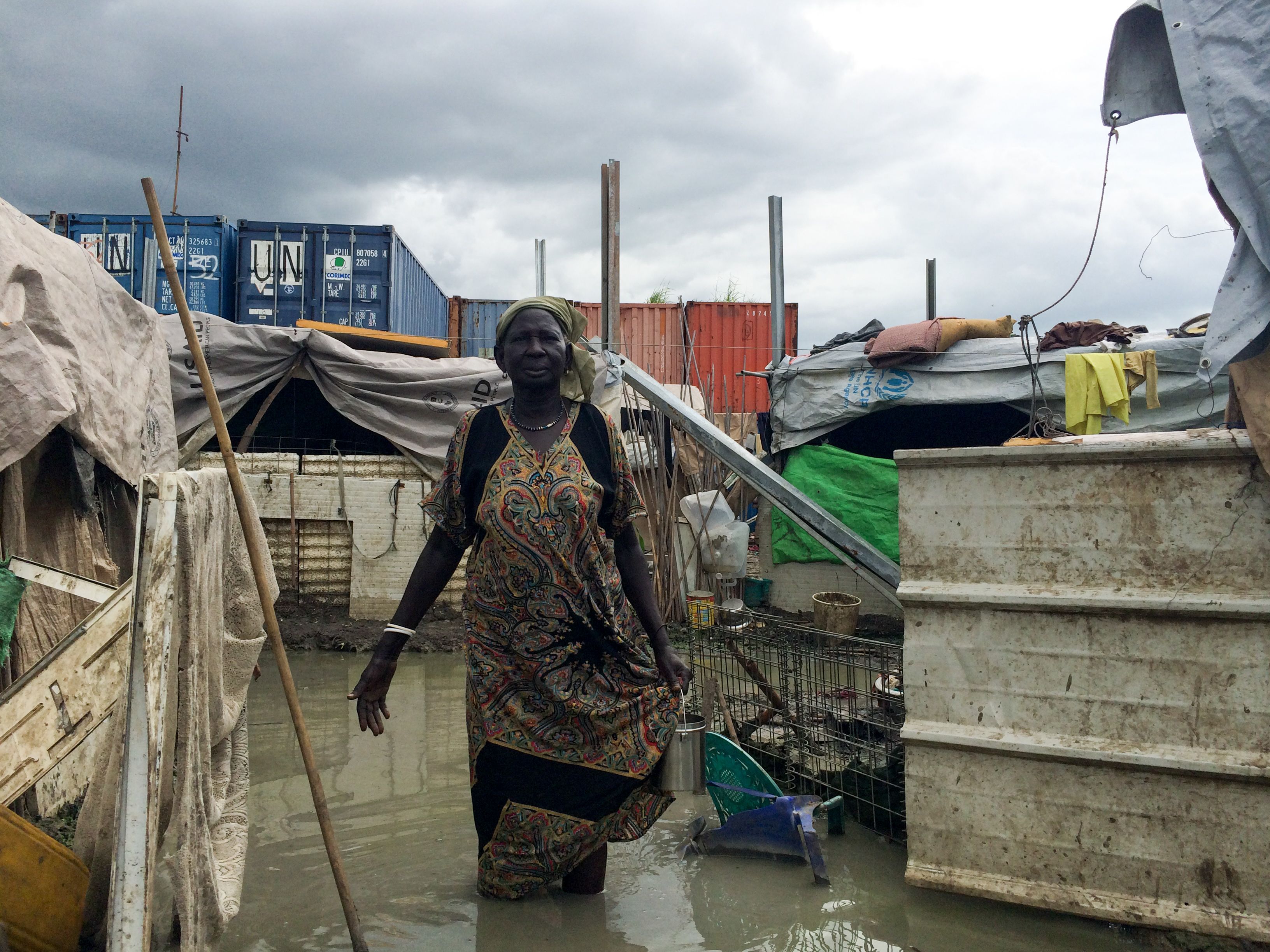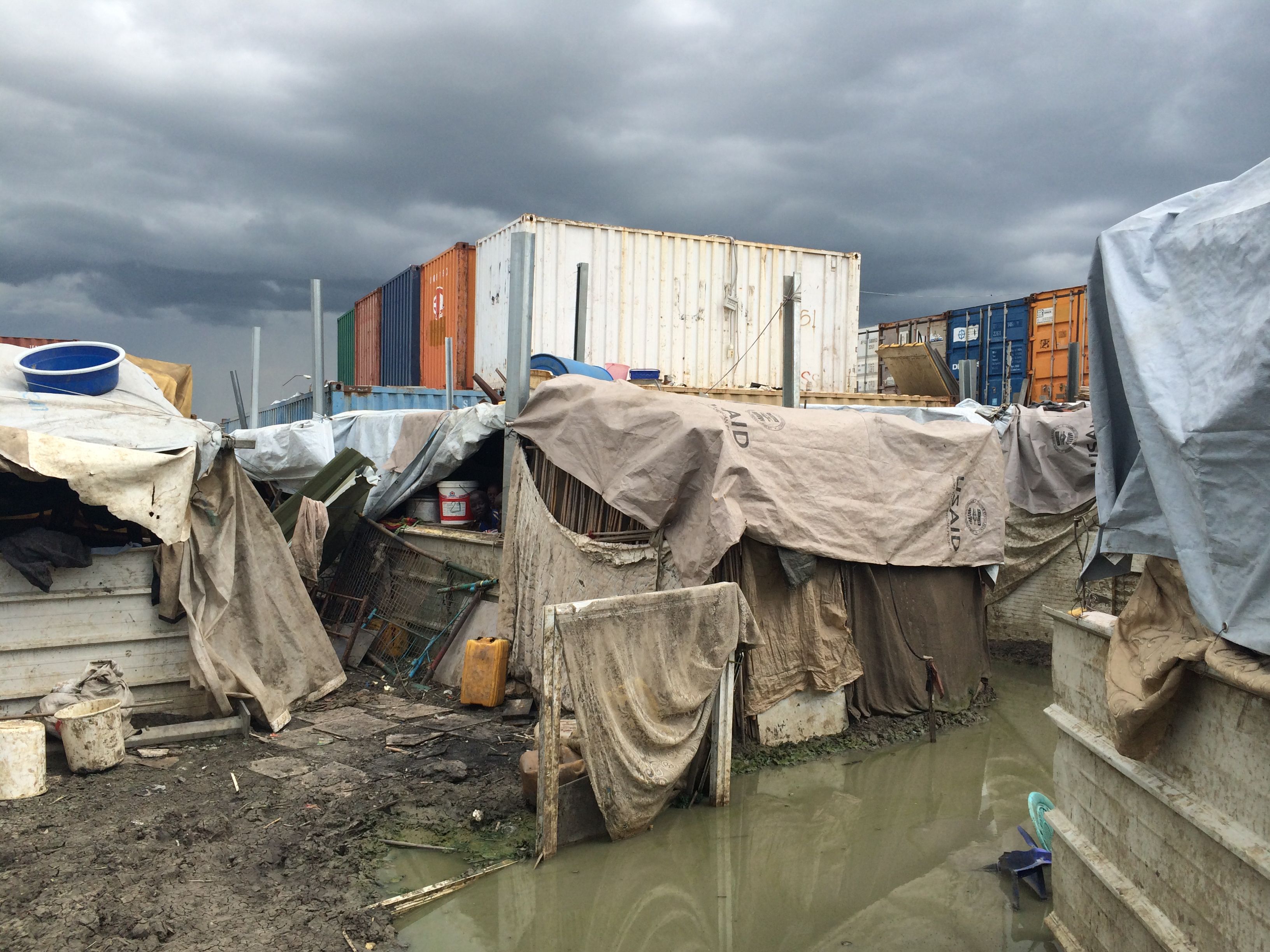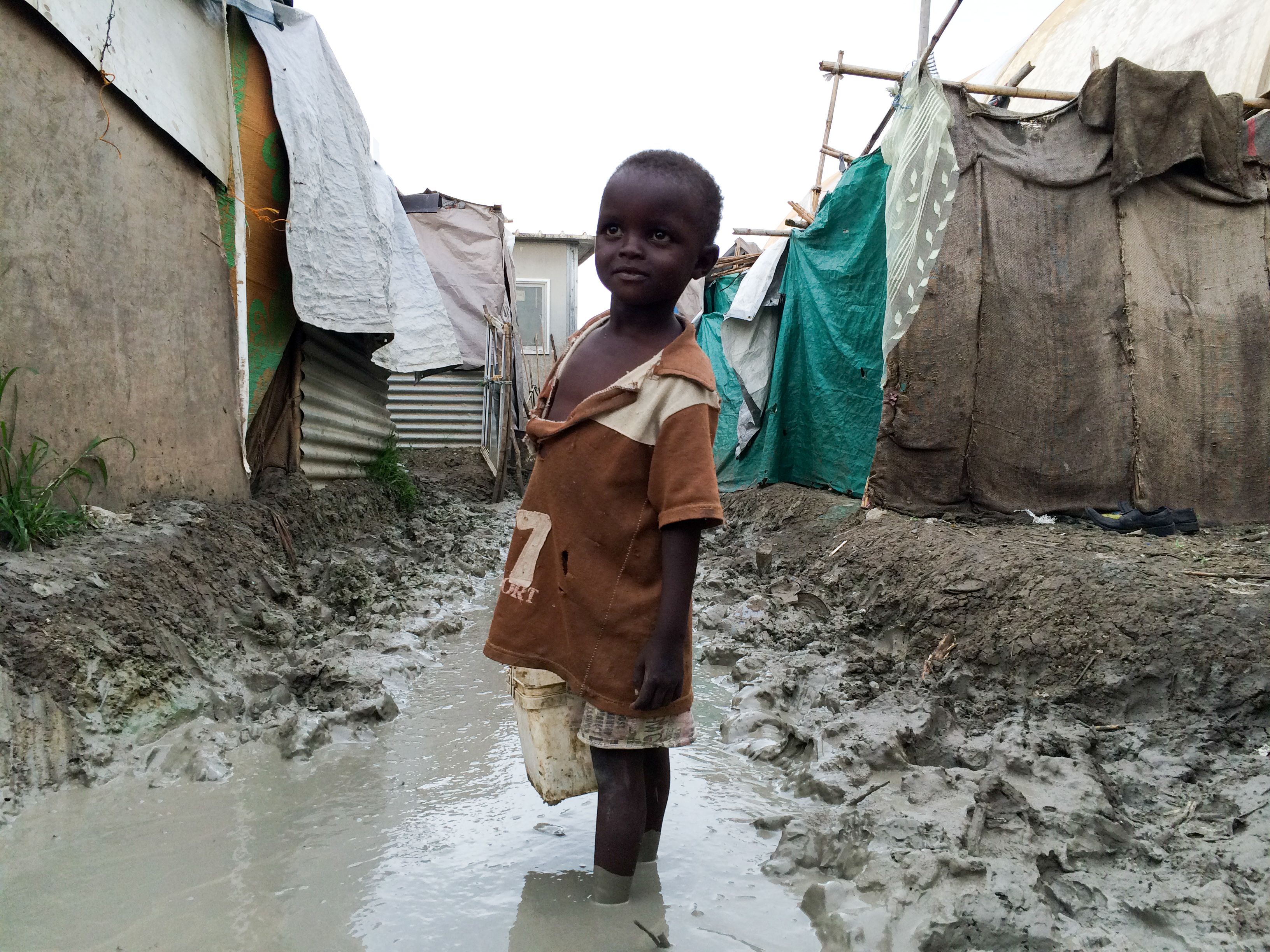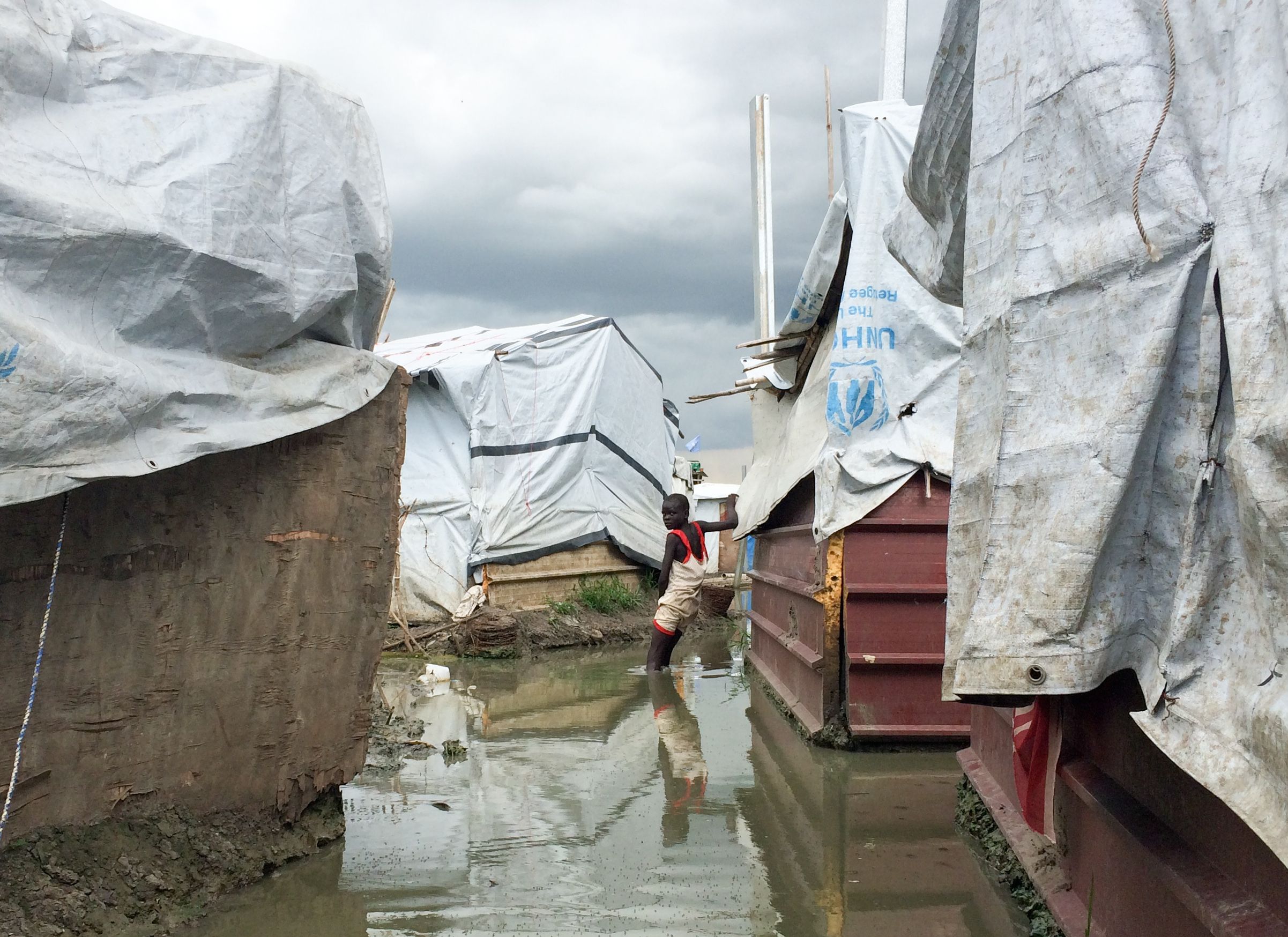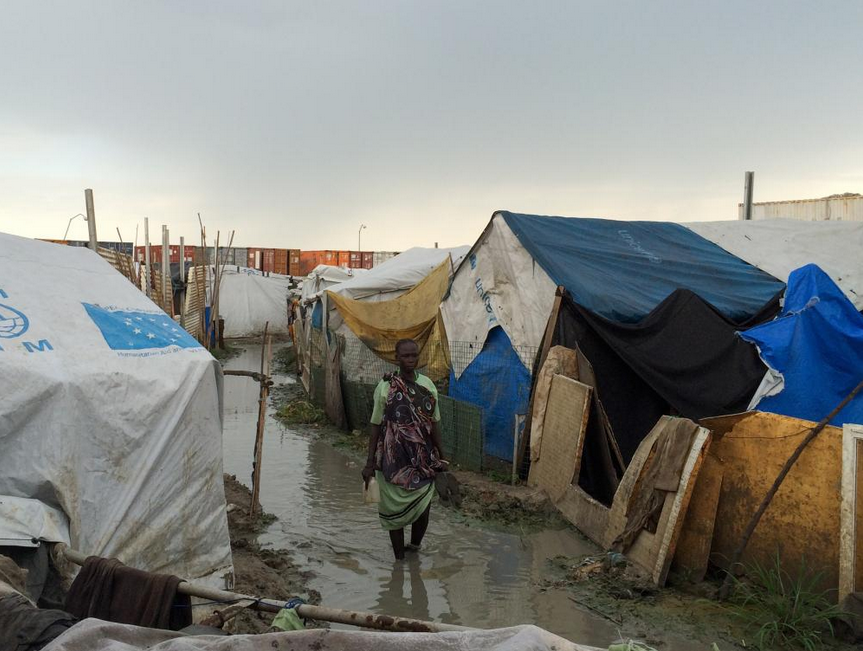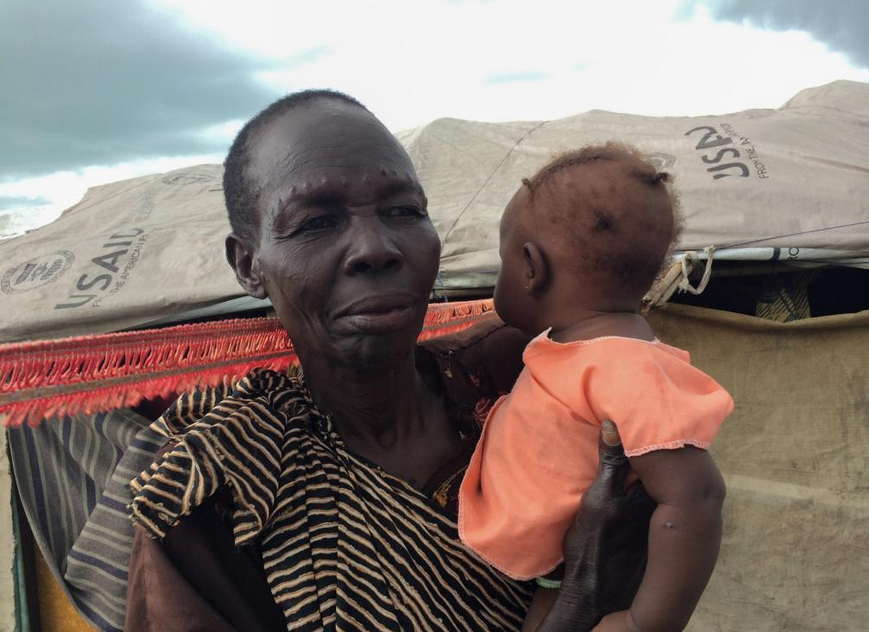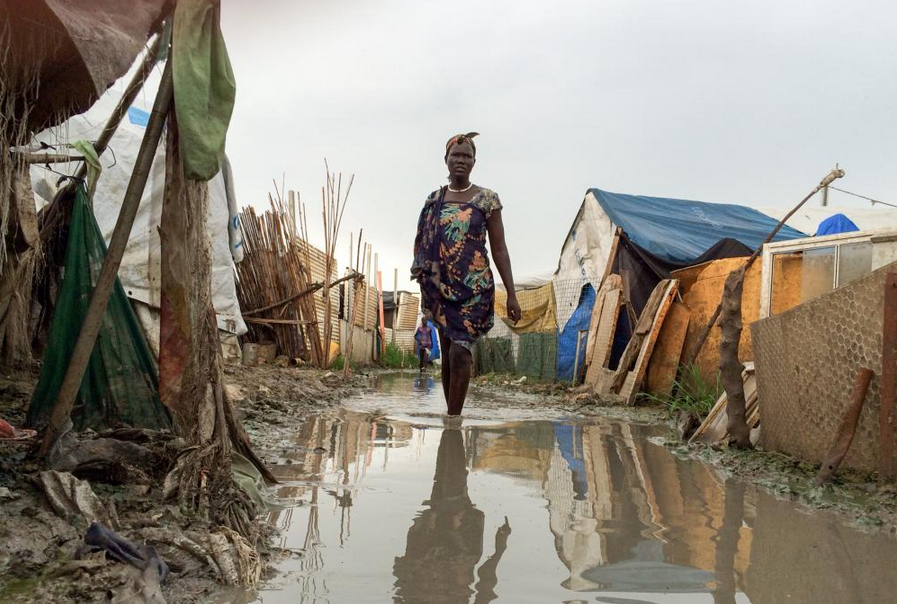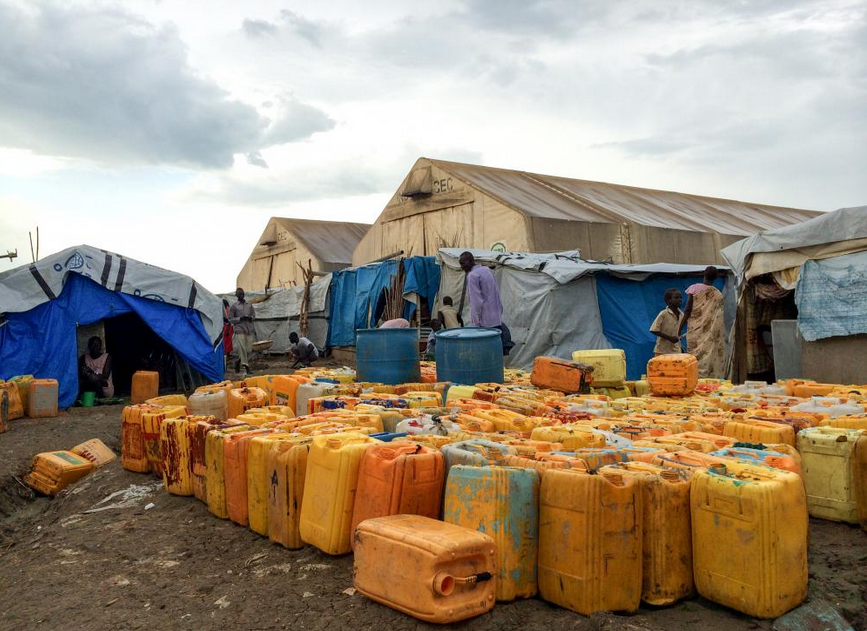Objective:
Students will develop a foreign policy proposal describing plans for engagement with South Sudan to submit to the U.S. Senate Committee on Foreign Relations.
Essential Questions:
What are the ongoing problems in the new nation of South Sudan? Even though South Sudan has gained independence from Sudan, why does South Sudan continue to fight in a civil war? Why did the United States government give little to no help to South Sudan? What can we do to help with some of the problems in South Sudan? Moving forward, what should U.S. foreign policy be?
Warm-up:
1. Locate Sudan and South Sudan on a map.
2. Brainstorm ideas: What do you already know about the problems in Sudan and South Sudan?
3. Imagine that you live in South Sudan, the newest nation on the planet. What things need to happen in order to give order, infrastructure, and support for the people of that state?
4. Who would decide what needs to get done?
5. How would you set up your state?
6. What infrastructure would need to be established?
7. What if not everyone agreed?
8. How would you handle those who did not conform to the wants and needs of the state?
9. If people chose to rebel, what would you do?
Introducing the Lesson:
In 2011 South Sudan became the newest nation in the world. After decades of fighting a civil war with Sudan, a referendum was passed to make South Sudan an independent, sovereign nation. Shortly after its creation a civil war broke out between two tribes, the Nuer and Dinka tribes. This civil war, brought on by political instability, corruption and fighting over oil-rich land, continues in the region creating problems of food insecurity, famine, lack of medical care and spread of diseases, mainly cholera.
This lesson will use several sources from “When Militiamen Rule.” Read the introduction to gain basic knowledge of this particular topic. Then view/read the following resources provided.
- Unmade in the USA: The Inside Story of U.S. Foreign-Policy Failure in South Sudan (article)
- Displaced Persons Live in Flooded U.N. Camp (slideshow)
- South Sudan: Famine in the Wake of Civil War? (video)
All articles were written by journalists from the Pulitzer Center, an organization that supports international journalism. We will analyze several sources to determine how we can help solve the problems in South Sudan.
United States Goals of Foreign Policy:
- Providing international leadership in developing world peace
- Ensuring a balance of power; keeping aggressive nations from overpowering weaker ones
- Cooperating with other nations to solve international problems
- Protecting human rights and democratic values
Conclusion:
Creating a Plan to Engage Our Communities
Task:
In groups of 4, create a foreign policy proposal to present to the U.S. Senate Committee on Foreign Relations. Keep in mind the U.S. foreign policy goals:
- Providing international leadership in developing world peace
- Ensuring a balance of power; keeping aggressive nations from overpowering weaker ones
- Cooperating with other nations to solve international problems
- Protecting human rights and democratic values
Choose one goal and create a presentation on how you are going to accomplish that goal in South Sudan. Be sure to include the following:
[ ] The resources that are needed in order to accomplish the goal
[ ] The estimated cost of your foreign policy proposal
[ ] Outside organizations that may help accomplish your goal
[ ] The major players that need to be involved in order to carry out successful foreign policy
[ ] Credible information from the Pulitzer Center supporting your policy
The Product:
You can present your proposal using Google Slides, Powerpoint, Prezi, or Glogster. Your presentation must create a Works Cited using at least 2 Pulitzer Center resources in addition to other credible sources. Use pictures, video, podcasts, charts, graphs, etc. to enhance your presentation.
Scoring Guide:
Presentation:
Students worked together equally to give a formal organized presentation. All group members participated.
10 7 5 3 0
Students spoke as experts and had good eye-contact with their audience.
5 3 0
Content:
Students gave a persuasive proposal that included ALL parts of the the checklist above.
25 20 15 10 5 0
Students used credible information that supported their reasons for their proposal including pictures, video, audio, etc.
15 10 5 0
Students created an MLA Works Cited using at least 2 Pulitzer Center sources.
5 3 0
Comments:
Total points___________/60 points
Extension:
After presentations have been given, vote on the best proposal and discuss what its strengths were and why that proposal would work best.
CCSS.ELA-LITERACY.RH.11-12.7
Integrate and evaluate multiple sources of information presented in diverse formats and media (e.g., visually, quantitatively, as well as in words) in order to address a question or solve a problem.
